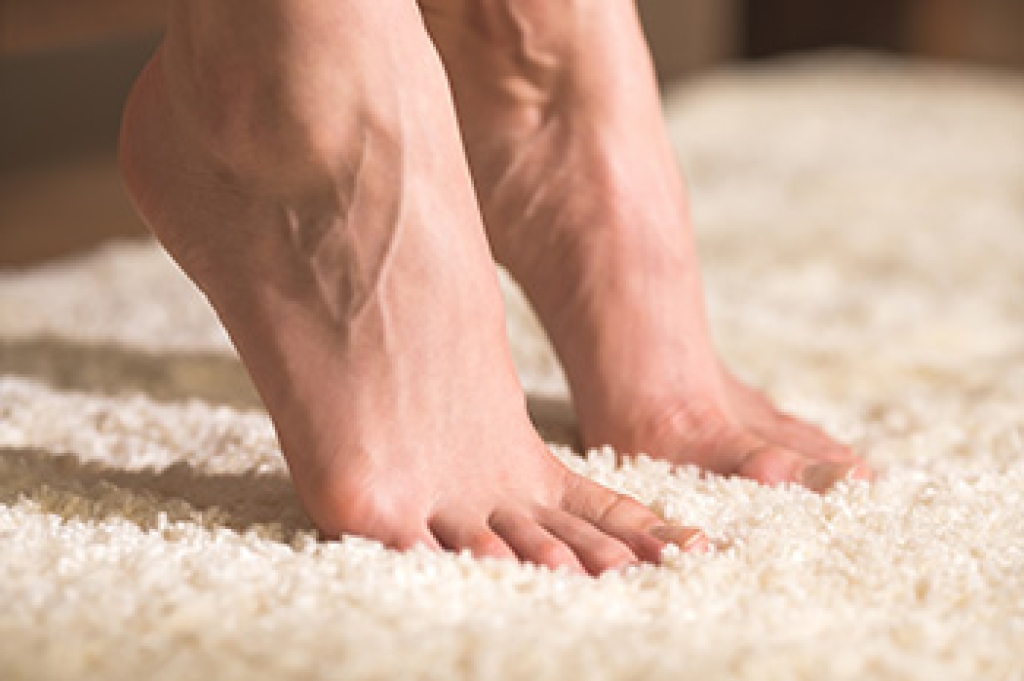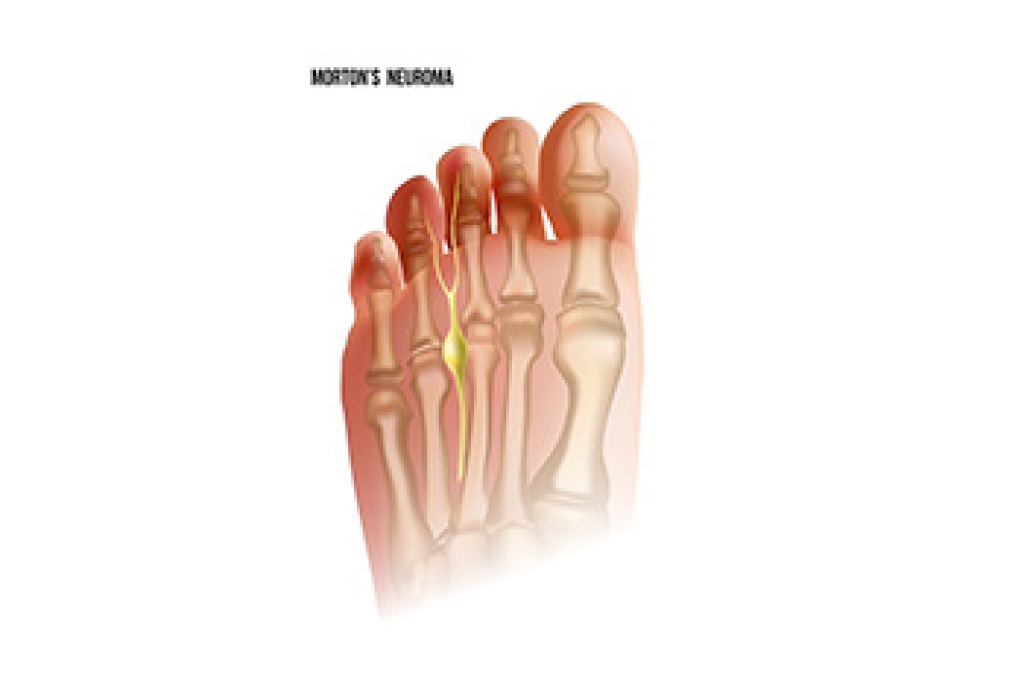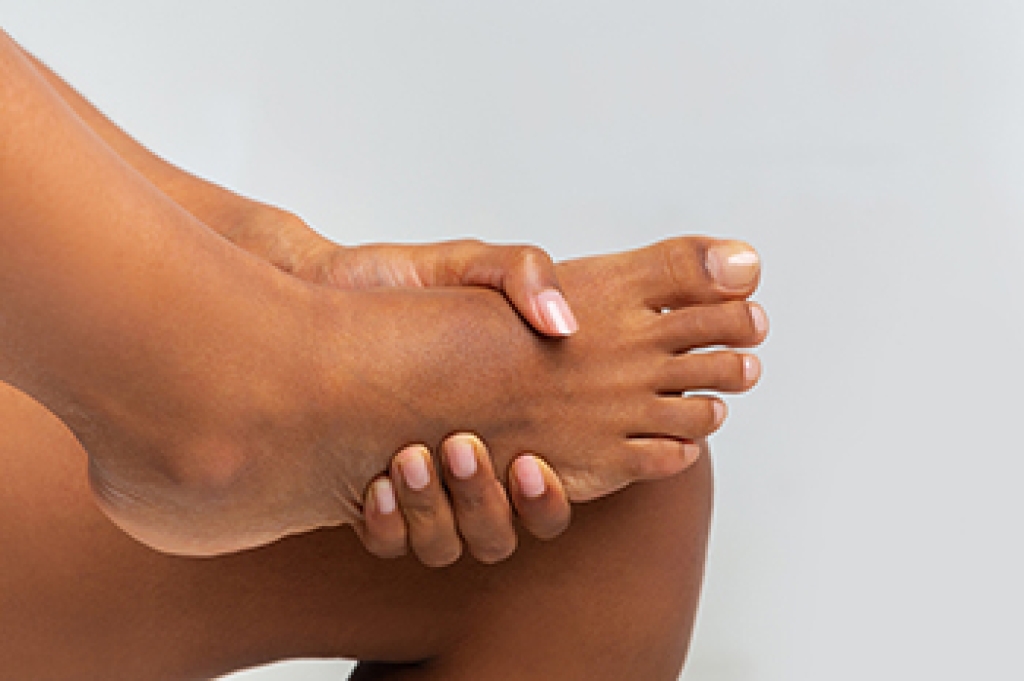
Many people use some form of exercise to stay in shape, commonly involving either walking or running. But exercising the feet and ankles themselves is not always on the list of activities. Experts believe that many problems of the feet and ankles can be reduced or eliminated by following a simple foot care exercise program. Toe curls are one exercise that helps to strengthen the toes, feet, and ankles while sitting in a chair. First, start with feet flat on the floor and raise the heels and toes until only the balls of the feet are touching the floor. Hold for five seconds. Next, raise the heels by curling the feet until only the tips of the toes are touching the floor. Hold for five seconds. Last, raise the heels and curl the toes underneath the foot so that the only tops of the toes touch the floor. Hold for five seconds. Now combine the three poses and repeat the series 10 times. This exercise can help build flexibility and mobility. For other toes, foot, and ankle exercises, it is suggested that you visit a podiatrist.
Exercising your feet regularly with the proper foot wear is a great way to prevent injuries and build strength. If you have any concerns about your feet, contact Tanya R. Sellers-Hannibal, DPM from Maryland. Our doctor can provide the care you need to keep you pain-free and on your feet.
Exercise for Your Feet
Exercise for your feet can help you gain strength, mobility and flexibility in your feet. They say that strengthening your feet can be just as rewarding as strengthening another part of the body. Your feet are very important, and we often forget about them in our daily tasks. But it is because of our feet that are we able to get going and do what we need to. For those of us fortunate enough to not have any foot problems, it is an important gesture to take care of them to ensure good health in the long run.
Some foot health exercises can include ankle pumps, tip-toeing, toe rises, lifting off the floor doing reps and sets, and flexing the toes. It is best to speak with Our doctor to determine an appropriate regimen for your needs. Everyone’s needs and bodies are different, and the activities required to maintain strength in the feet vary from individual to individual.
Once you get into a routine of doing regular exercise, you may notice a difference in your feet and how strong they may become.
If you have any questions, please feel free to contact our office located in Owings Mills, MD . We offer the newest diagnostic and treatment technologies for all your foot care needs.



